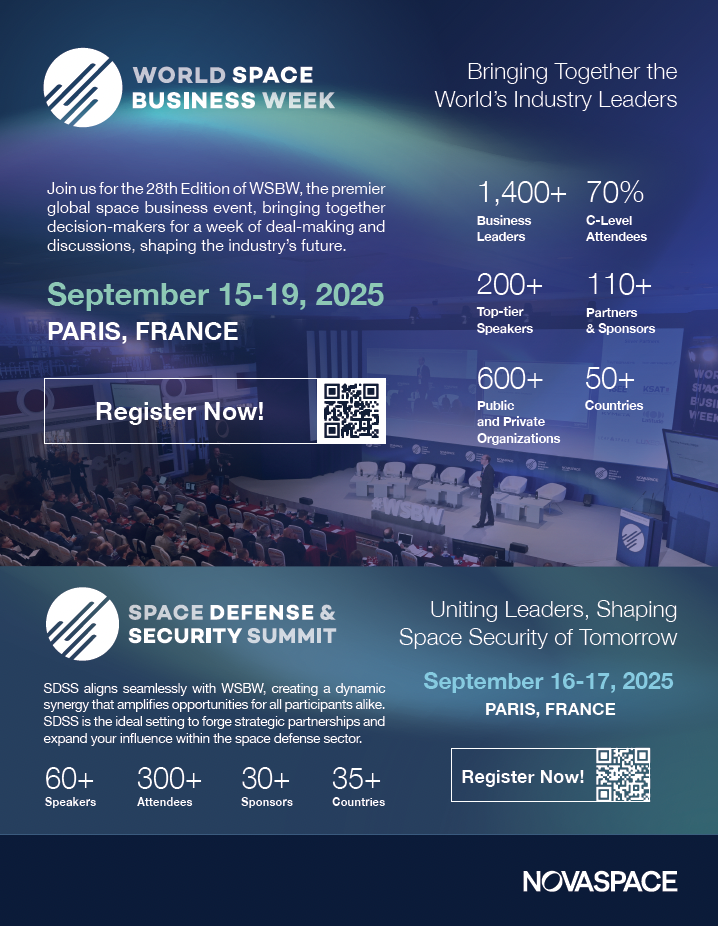Trained, Tested and Lethal
Lisa Sodders, Space Systems Command Public Affairs
In a time of increasing threats to the space-based assets of our Nation and its allies, U.S. Space Force Guardians need realistic, threat-based training that out-paces the United States’ adversaries.
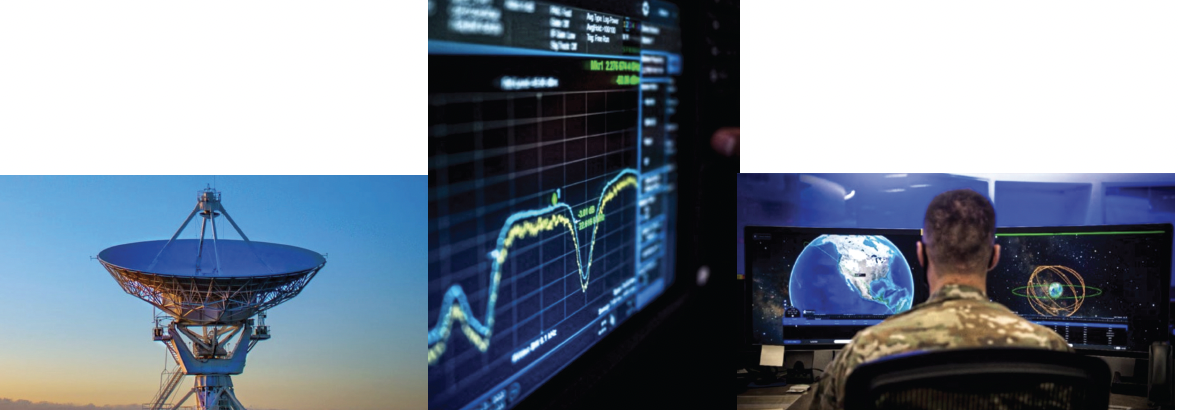
Space Systems Command’s (SSC) Operational Test and Training Infrastructure (OTTI) is ramping up to do just that.

Corey Klopstein
“Space operator training previously focused on Guardian proficiency to operate a particular system – GPS satellites, receivers and ground systems, for example – in mostly benign environments,” said Colonel Corey Klopstein, program executive officer for SSC’s OTTI organization. “Today, our Guardians must operate space systems in dynamic, contested environments that are rapidly evolving. We need to ensure U.S. Space Command has the ability to control the domain, not just operate in the domain, so our Guardians can gain and maintain space superiority.”
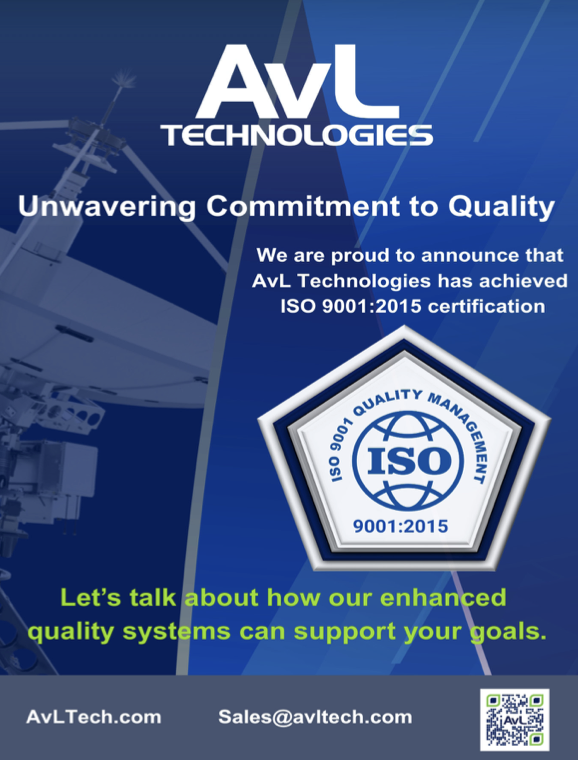 SSC’s OTTI organization, which stood up in May of 2023, is responsible for integrating and synchronizing the acquisition, development and sustainment of integrated test and training capabilities to ensure the delivery of fully burdened force designs to the Space Force.
SSC’s OTTI organization, which stood up in May of 2023, is responsible for integrating and synchronizing the acquisition, development and sustainment of integrated test and training capabilities to ensure the delivery of fully burdened force designs to the Space Force.
Its area of responsibility encompasses the collection of distributed, enterprise-wide test and training systems and processes that establish and sustain combat readiness across the spectrum of conflict. OTTI systems include live ranges, models and trainers, model opposing forces to train against, synthetic test and training environments, and secure facilities and assured networks.
“When you look at the OTTI Strategic Requirements document, a key part of it is the service’s recognition that the previous way we did space operations is no longer sufficient in our current threat environment,” said Lt. Col. Scott Peeples, materiel leader for Digital Test and Training for OTTI. “You need a place to train that can replicate threats to train against, you need to test systems against surrogates for those threats – an immersive arena to achieve space dominance.”
OTTI is a hybrid organization and is one of SSC’s six Program Executive Offices and its personnel come from SSC, the acquisition field command of the U.S. Space Force.
OTTI requirements and funding come from Space Training and Readiness Command (STARCOM), the field command responsible for USSF’s education, training, and testing.
The OTTI Integrated Program Office is jointly manned by STARCOM and SSC personnel.
“OTTI provides Guardians model-based mission environments that simulate real world scenarios to test and train, to build both proficiency and confidence against evolving threats,” said Major John Simkus, OTTI’s Digital Test and Training Synthetic Environments branch chief.
“When Guardians show up to a weapon system, they use a procedures trainer to learn the weapon system,” Simkus explained. “This has historically been an emulation of the ‘button-ology’ needed to operate the system. It also has a handful of typical anomalies, so operators can learn appropriate responses.”
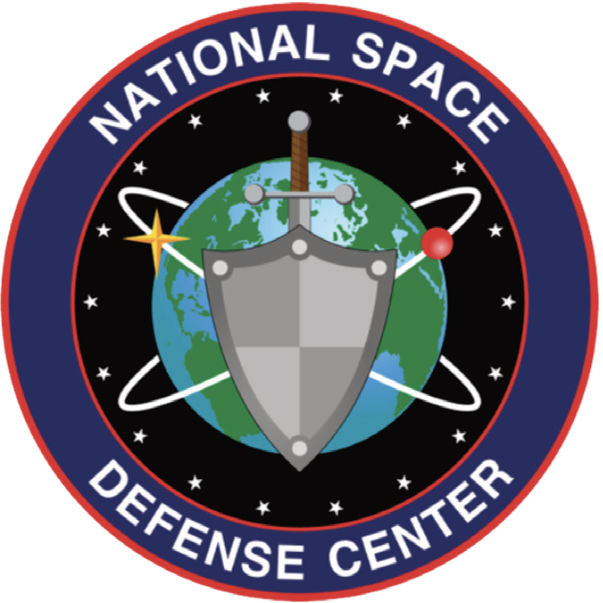 “OTTI is charged with developing an integrated system that emulates what a satellite operator would experience when the system is being attacked by a red threat,” said Lexie Inman, synthetic environments program manager for OTTI’s Digital Test and Training team. “The system would allow operators to protect their own systems. It would also train multiple USSF systems operators simultaneously, as the response would require coordinated operations involving National Space Defense Center (NSDC) and the weapon system operators.”
“OTTI is charged with developing an integrated system that emulates what a satellite operator would experience when the system is being attacked by a red threat,” said Lexie Inman, synthetic environments program manager for OTTI’s Digital Test and Training team. “The system would allow operators to protect their own systems. It would also train multiple USSF systems operators simultaneously, as the response would require coordinated operations involving National Space Defense Center (NSDC) and the weapon system operators.”
Some of the challenges include: high fidelity red threat models; accurate blue models; and ensuring coordinated operations at multiple locations and multiple security levels.
Weapons and tactics officers for each weapon system is critical to development. Several thousand operators across SpOC are among the target audience for this training.
“The ideal state is highly trained and prepared forces capable of achieving space superiority under the Commander of U.S. Space Command,” Simkus said.
Within OTTI, there are four materiel leaders: Lt. Col. Curtis Babbie, Physical Test and Training; Lt. Col. Scott Peeples, Digital Test and Training; Lt. Col. Kade Ewert, Infrastructure; and Lt. Col. Jessica Mahoney, Readiness. “Test and training is an essential enabler; with a focus on making Guardians highly skilled and efficient with respect to their mission weapon systems,” Peeples said. “Someone’s going to have to test the electronic warfare systems. Someone’s going to have to train the electronic warfare operators.”
Digital Test and Training
When it comes to training tomorrow’s Guardians, “how real is real?” becomes a critical factor. Peeples said OTTI is taking a dual-track approach to training using both low-fidelity and high-fidelity models.
Models reflect our knowledge/understanding of the problem. To that end, we are continuously learning, which results in greater model sophistication,” Peeples said. “OK, I told my satellite to move this much on orbit, and I observed it, and it moved that much. If I do the same thing in my simulation, did the satellite behave the same way? And if it didn’t, I need to update the model to more closely reflect reality.
“So, you do a few event repetitions on orbit and you collect data to ‘buy down’ risk for your high-fidelity model to maximize the confidence that the model is close to accurate. You gain confidence that your high-fidelity models actually represent your space vehicle. Critical elements of that high fidelity model are used to construct the medium-fidelity simulations so you can train hundreds of Guardians all at the same time. You iterate on these models as you learn more and more about the actual capabilities of the design.”
Models with lower fidelity, which are easier to model, are used for training, in a partnership with the 392nd Combat Training Squadron, which has a medium-fidelity distributed simulation environment used to support Space Flag Exercises.
What are the decisions to make in a space war scenario? Peeples explained, “You’re going to be looking at a digital Earth with some representation of orbiting satellites. The crew responsible for a mission would face a certain set of threats and would need to be trained on how to respond to those threats to optimize survival and continued mission.”
But OTTI also has a need for high fidelity models and is currently working with the U.S. Air Force and U.S. Navy to create those models, based on their framework, which includes systems such as virtual F-35s and F-22s.
“When that pilot is in that simulator ‘flying,’ their inputs are going to a rack of servers that process the entire flight software in an F-35,” Peeples said. “It’s radar, it’s Inertial Navigation System (INS), it’s fire-control system, and eight of them are flying together in a combined scenario to discover whether a TTP (Tactics, Techniques, and Procedures) that we want to do, will work with the F-35 and F-22 in a wartime scenario.
“We need to have a similar high-fidelity environment for the same reasons F-35 has one,” Peeples added. “We cannot perform many TTPs on orbit because it’s cost prohibitive, because of policy limitations, or to preserve the element of operational surprise until needed. We need this Digital Range to allow operators to execute and validate that TTPs will be useful against Intel-validated threats.”
Physical Test and Training
The digital environments are just one element of the OTTI portfolio. “The live range is necessary to ensure USSF can safely exercise operations of new systems and collect essential test information to validate performance. That test information is needed to validate the digital models,” Lt. Col. Babbie said.
Delta 11, the Space Force’s Range and Aggressors Delta, is responsible for ensuring safe operations of new capabilities by exercising range control and safety. They support operational testing of systems through a network of ground and space sensors capable of “watching” an on-orbit event, “capturing and characterizing” an electronic emission, and other activities needed to witness an on orbit event.
Delta 11 uses systems procured by the OTTI Integrated Program Office that range from on-orbit sensors, ground-bases optics, radars, as well as cyber ranges. These systems primarily support testing but also are used for training Guardians.
“We are also working with lab and university mission partners to validate some of the foundational elements of our models,” Babbie said. “While it gets technical, in some instances, we need to get scientific evidence to ensure we’re anchoring our models correctly. These mission partners are all over the U.S.”
Infrastructure
To efficiently exchange information, both within USSF and the Joint Force, USSF must have the correct infrastructure in place to accomplish the tasks. Infrastructure consists of the right facilities, equipment, communication systems, at the right security levels needed to execute the test and training mission. Many teams require access to data to efficiently exchange it, driving OTTI to efficiently manage the infrastructure procurement through a dedicated materiel leader, Lt. Col. Ewert.
“We are working across the Space Force and mission partner community to ensure we understand key infrastructure needs, and the most efficient and effective way to procure those critical elements to ensure USSF is successful,” said Ewert.
Readiness
All the systems delivered to STARCOM must be sustained, and Lt. Col. Jessica Mahoney is responsible for that, as well as ensuring that STARCOM’s Exercises and Wargames materiel needs are met.
“We’ve been adding more and more to STARCOM’s “kit” every day,” Mahoney said. “Earlier this year, SSC turned over operations of several Long Duration Propulsive EELV Secondary Payload Adapter assets to STARCOM for the purposes of on-orbit training and experimentation.
“STARCOM has also system accepted multiple Transportable Range Operations Centers (TROCs) used for electromagnetic operations training and testing in multiple theaters,” Mahoney added. “As STARCOM’s operational footprint of Range and Advanced Training assets like these grows, I’m responsible to ensure those systems are sustained.”
Delivering “wins” for USSF
In addition to defining what a modern test-and-training organization should look like, OTTI has also achieved numerous deliverables in the past two years, including orchestrating several Reverse Industry Days to learn what commercial space industry partners have to offer.
In less than four months, OTTI stood up a cyber range for space operators with help from the U.S. Air Force’s 318th Cyberspace Operations Group in San Antonio. The cyber range supported 7 exercises in the first year, and over 50 the second year. OTTI deployed its Transportable Range Operations Center (TROC) to USINDOPACOM at Travis Air Force Base in July of 2024 to support combatant command joint exercise. The TROC supported the Pacific Deterrence Initiative’s (PDI) series of Pacific Multi-Domain Training and Experimentation (PMTEC) Exercises.
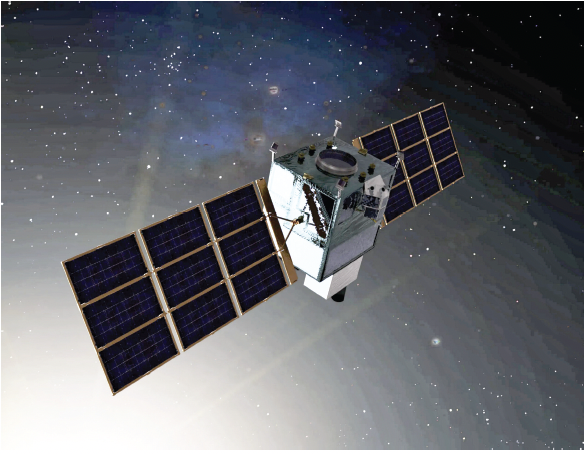
Artistic rendition of a Next-Gen (OPIR) polar
satellite. Image is courtesy of Northrop
Grumman.
In November 2024, the OTTI team delivered new missile warning training capabilities to Delta 4, which manages three Overhead Persistent Infrared (OPIR) satellite constellations.
OTTI also delivered a major critical update to the Space-Based Infrared System (SBIRS) mission trainer at Buckley Space Force Base to upgrade existing readiness training capabilities on to-be- delivered operational software for Enhanced SBIRS Operational Agile Response functionality.
This release keeps pace with System block upgrades and builds upon the existing mission trainer, enabling new status monitoring and ground processing functionality for Mission and Ground Control operators as well as improving trainer crew performance to address more event-driven scenarios in real-world based missile warning.
Delta 4 Guardians validated performance on the latest release and continue to provide feedback ahead of the next release that will further improve readiness capabilities reflective of needs-based operational changes. These capabilities directly support ascension qualification and 2 Space Warning Squadron Guardian combat training via threat-informed continuous training in alignment with the CSO’s vision.
As part of a larger multiple modeling and simulation integration effort, OTTI in December of 2024 performed, for the first time, the integration of a mission trainer with a surrogate red threat model, developed by Space Dynamics Laboratory (SDL).
 Artistic rendition of Space Based Infrared Sytem (SBIRS). Image is courtesy of Lockheed Martin.
Artistic rendition of Space Based Infrared Sytem (SBIRS). Image is courtesy of Lockheed Martin.
Using this mission trainer as a use case, the OTTI team was able to use modeled SATCOM to simulate a Rendezvous and Proximity Operation against a red threat. Additional capabilities continue to be developed and refined to meet user needs.
OTTI is also leading a new initiative to use commercial vehicles to support test and training needs. In February of 2025, OTTI released a Request for Prototype Proposal (RPP) to integrate commercial space vehicle maneuvers into range activities. Vendors will maneuver space vehicles to provide a live, realistic test and& training environment.
OTTI engaged directly with potential offerors to discuss project background, explain technical requirements, and answer industry’s questions in a “Project TALX” event hosted by SSC’s Space Enterprise Consortium and NSTXL in March of 2025. Project TALX was widely attended by industry—115 participants from 78 unique organizations—enabling the government to effectively advertise the RPP, hedge against delays, and generate maximized competition.
This novel application of commercial technology will augment the use of organic Space Vehicles (SVs) and enable Guardians to test ground sensors and train Space Domain Awareness (SDA), without the costs associated with acquiring SVs or expensive data rights agreements.
Also in March, OTTI acquired and integrated a first-of-its-kind Peregrine Tactical Command and Control (C2) training environment with the Raptor operational toolset. This effort provided Delta 9 warfighters with the ability to execute their Orbital Warfare (OW) mission.
The on-site workstations represent the first-ever OW training environment and enabled Delta 9 warfighters to support readiness events and train instructors ahead of full use of the simulators. The delivery of the Peregrine simulator with Raptor software tools significantly increases readiness by enabling Delta 9 warfighters to train Tactical C2 operations against on-orbit threats. This effort leveraged existing operational products and training capabilities, providing an integrated solution to directly support Delta 9’s need to generate combat-ready orbital warfare forces.
“The OTTI team has accomplished amazing feats in a short amount of time, delivering the test and training capabilities our Guardians need. We’re driven to ensure every system is tested, every tactic is validated, and every Guardian is ready,” Klopstein said.
Space Systems Command is the U.S. Space Force field command responsible for acquiring, developing, and delivering resilient capabilities to outpace emerging threats and protect our Nation’s strategic advantage in, from, and to space. SSC manages a $15.6 billion annual space acquisition budget for the Department of Defense, working with joint forces, industry partners, government agencies, academia, and allied nations. For more information, visit ssc.spaceforce.mil and follow @USSF-SSC on LinkedIn.


